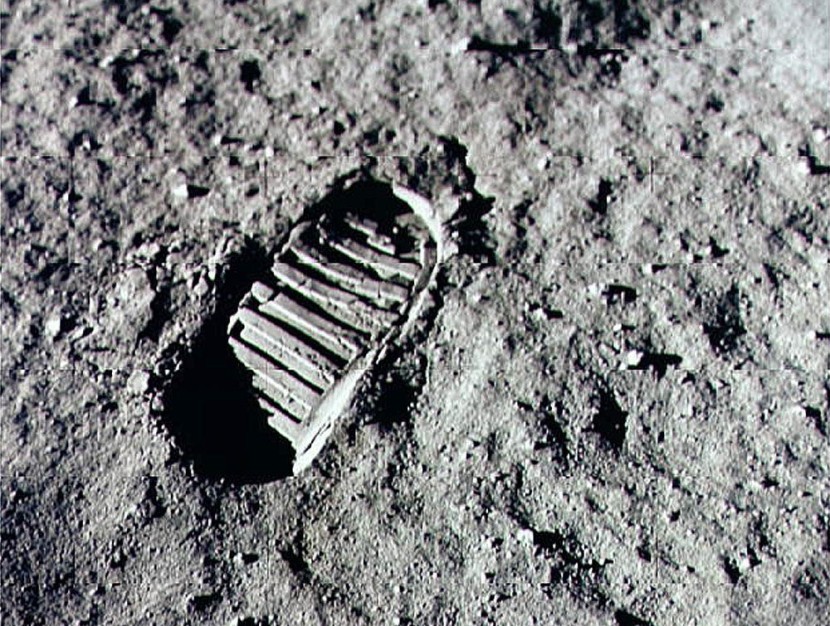
Scientists have successfully grown plants in moon soil for the very first time since the dirt specimens were collected and brought back by NASA's Apollo astronauts.
There was no guarantee that anything would be able to grow in the moon dirt as there had never been any previous attempts. The scientists conducted the experiment because they wanted to see if it could be used to grow food by the next generation of moon explorers.
Plants Grow in Lunar Soil
The University of Florida's Robert Ferl from the Institute of Food and Agricultural Sciences said he and his team were surprised with the results of the experiments. He noted that plants were actually capable of growing in lunar stuff.
Ferl and other researchers involved in the experiment planted thale cress, a small type of flowering plant, in moon soil that was gathered and brought back by the Apollo missions. The good news was that all of the seeds they planted grew, as per VOA News.
Stephen Elardo from the University of Florida said during a press conference on Wednesday that while the planets grew, they did not exactly thrive. He noted that lunar soils did not have a lot of the nutrients needed to support plant growth.
Read Also: Genes of Ancient Farmers Found To Be Altered Between the Late Pleistocene and Early Holocene
Elardo, who is known to be a co-author of a paper presenting the research published in the journal Communications Biology on Thursday was accompanied by Anna-Lisa Paul and Ferl. The experiments discovered that while the plants grew in a way that showed they were stressed, they still found a way relatively quickly.
According to CNET, the team of researchers provided a little help with things such as light, water, and nutrients. Paul, who is also a professor in horticultural sciences at the University of Florida, said that after two days, the plants started to sprout. He added that "Everything sprouted" and noted that they looked the same up until about day six.
Lack of Nutrients
By the end of the first week after planting, the plants in regolith showed slower growth, stunted roots, and leaves, and appeared to have some red spots. Genetic analysis would later confirm that the greens were under stress.
Lunar regolith is very fine-grained and powdery but is also known to be sharp-edged, which when breathed in, could cause damage to the lungs. Paul said that ultimately, the team wanted to use the gene expression data to help address how scientists can ameliorate the stress responses to the level where plants, particularly crops that produce edible products, are able to grow in lunar soil with very little impact on their health.
The NASA-funded study is crucial to the space agency's long-term goals in human space exploration, said NASA administrator Bill Nelson in a press release. He added that the results of the experiment could also have implications for plants growing in harsh conditions on Earth.
Nelson said that NASA would need to use resources found on the Moon and Mars to develop food sources for future astronauts who will be living and operating in deep space. The plants that the researchers used in the experiments are related to mustard greens and other cruciferous vegetables, including broccoli and cauliflower, NPR reported.
Related Article:
NASA Asteroid Warning: Massive Space Rock Making 'Close Approach' to Earth Soon!
© 2026 HNGN, All rights reserved. Do not reproduce without permission.








